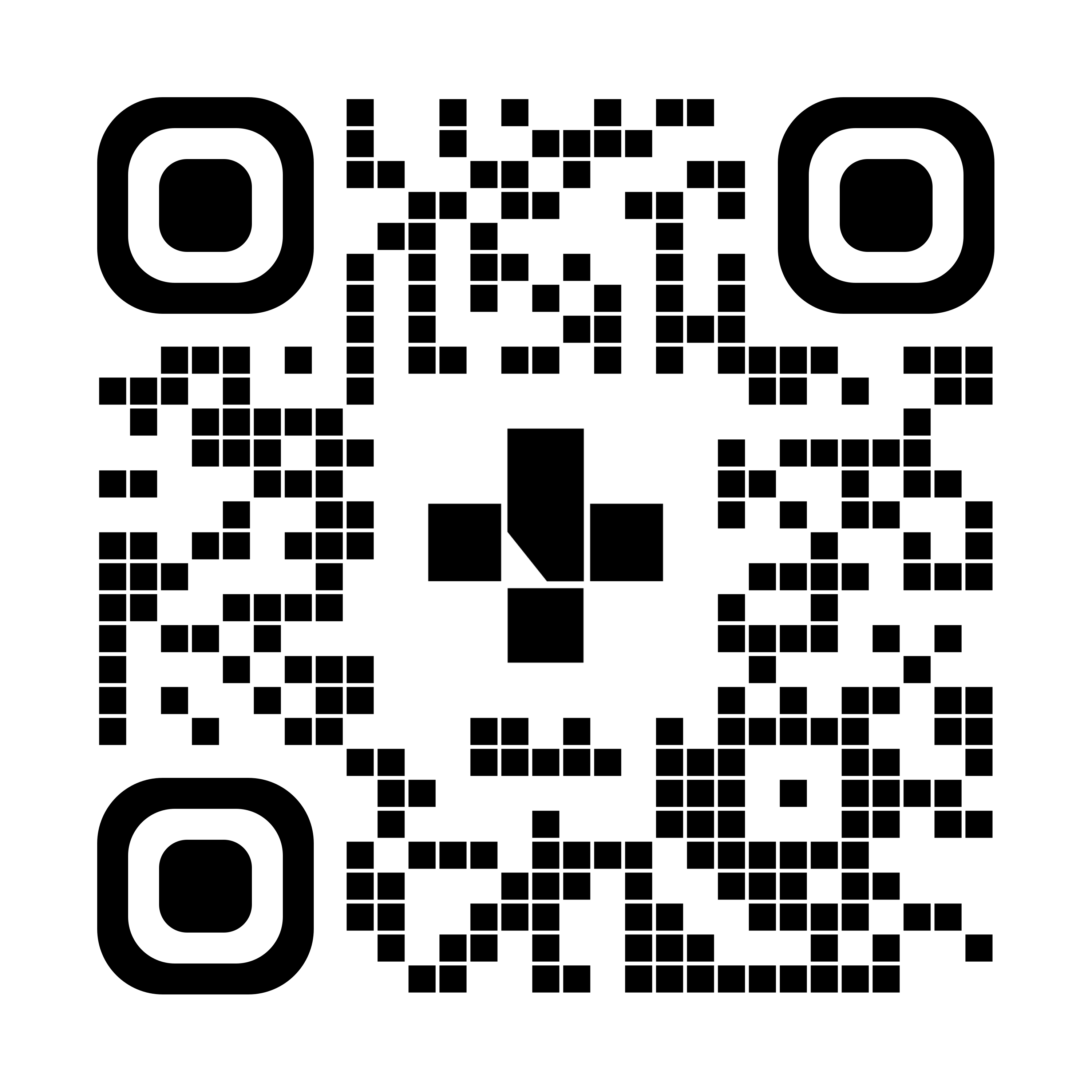Respiratory Illness
Wearing a mask to prevent the spread
Wearing a mask is a simple way to prevent respiratory illnesses from spreading. Respiratory illnesses—like colds, influenza, and COVID-19—affect your breathing.
Masks work to prevent respiratory illnesses from spreading because they stop droplets from your nose and mouth from going into the air.
Masks also keep you from touching your face, which lowers the chance of spreading germs. Germs can spread when you touch your face and when you touch people or surfaces without cleaning your hands.
Other ways to prevent germs from spreading
Along with wearing a mask, other ways to prevent germs from spreading include:
- cleaning your hands often with hand sanitizer (alcohol-based hand rub) or soap and water
- physical distancing
- staying home when you’re sick
Type of mask
A clean non-medical mask or a medical mask that fits snugly over your mouth, nose, and chin is fine for most places.
Do not wear a mask with an exhalation valve (a spot that opens when you breathe out), because droplets go out through the valve and can spread germs.
Putting on a mask
To put on your mask:
- Clean your hands with hand sanitizer or soap and water.
- Open the mask all the way to cover your face from your nose to below your chin.
- Put the mask on using the ties or loops. If the mask has a nose bar, pinch it around your nose.
- Once it’s on, don’t touch the front of the mask or your face under the mask.
Taking off a mask
To take off your mask:
- Clean your hands with hand sanitizer or soap and water.
- Use the ties or loops on the mask to take it off. Don’t touch the front of the mask.
- Put the mask in the garbage right away.
- Clean your hands with hand sanitizer or soap and water.
Changing a mask
If your mask gets damp or dirty, clean your hands and put on a new one. Wear a new mask at least every day.
Masks in healthcare facilities
Enhanced masking (when you are required to wear a mask) may be in place in some healthcare facilities and in specific areas, like emergency departments or cancer units.
Signs will be posted in facilities and areas where you need to wear a mask.
If you cannot wear a mask
Some people can’t wear a mask for medical reasons. Masks are also not recommended for children younger than 2 years old.
If you need urgent medical care, you will get the care you need. If possible, tell your doctor or the healthcare facility before you visit that you can't wear a mask. You may need to go to a private room or separate space when you arrive.
To learn more about wearing a mask to prevent respiratory illnesses from spreading, see Alberta Health’s guidance for masks for the general public.
To see this information online and learn more, visit MyHealth.Alberta.ca/health/pages/conditions.aspx?Hwid=custom.ab_covid19_maskwearing_inst.

Related to: Wearing a Mask to Prevent the Spread
For 24/7 nurse advice and general health information call Health Link at 811.
Current as of: January 27, 2025
Author: Infection Prevention & Control, Alberta Health Services
This material is not a substitute for the advice of a qualified health professional. This material is intended for general information only and is provided on an "as is", "where is" basis. Although reasonable efforts were made to confirm the accuracy of the information, Alberta Health Services does not make any representation or warranty, express, implied or statutory, as to the accuracy, reliability, completeness, applicability or fitness for a particular purpose of such information. Alberta Health Services expressly disclaims all liability for the use of these materials, and for any claims, actions, demands or suits arising from such use.
